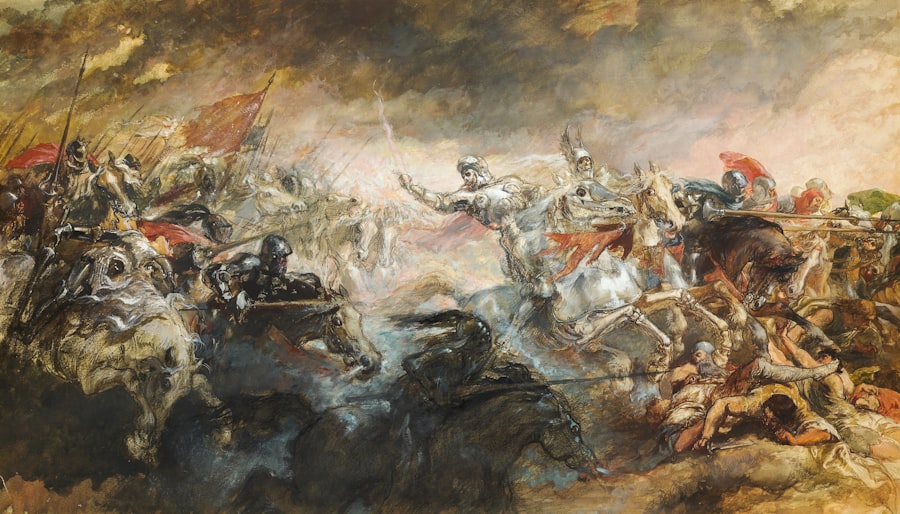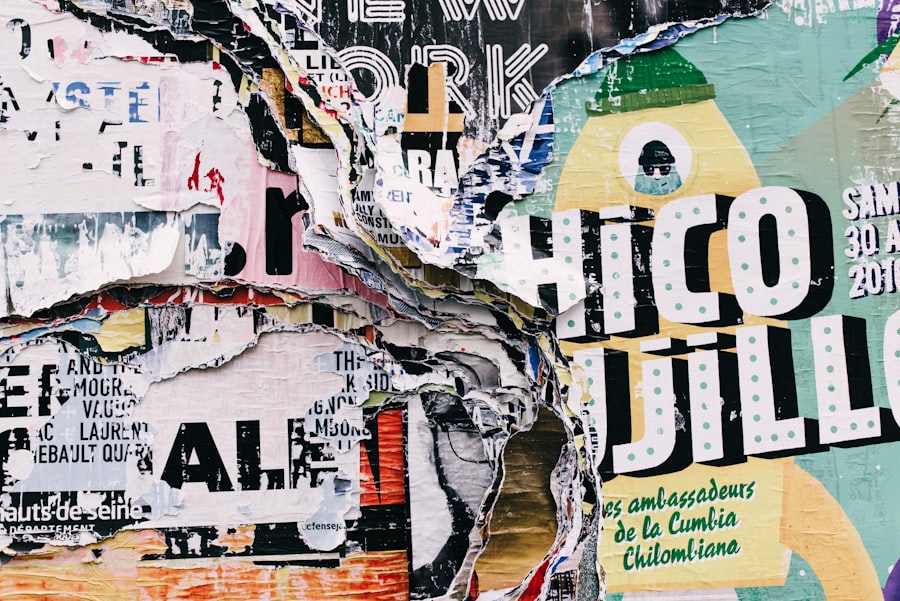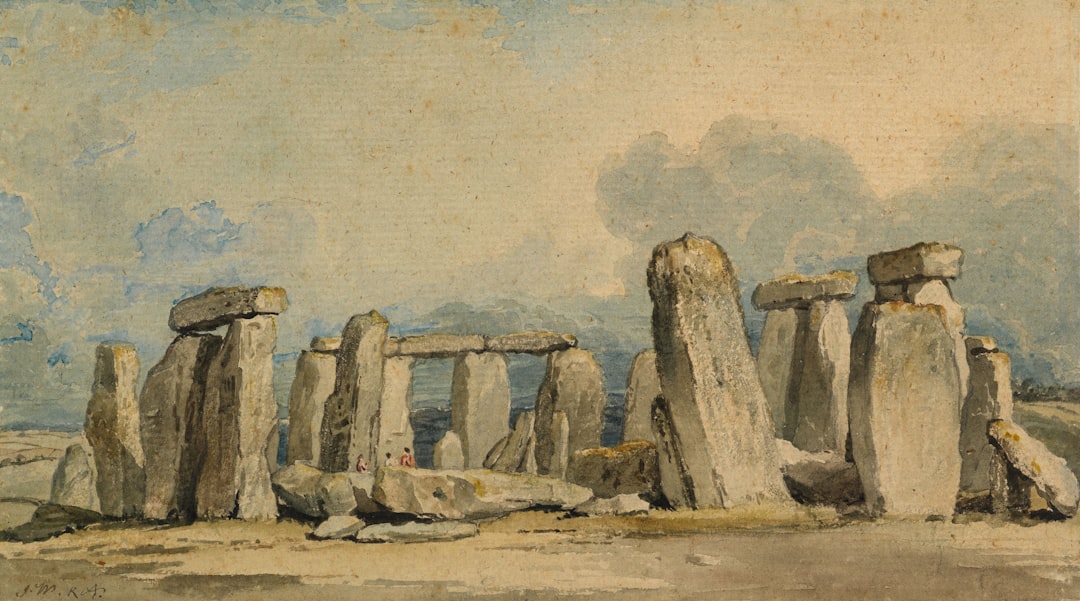When you think of Kaiju, images of colossal monsters wreaking havoc on cities often come to mind. These towering creatures, with their immense size and destructive capabilities, have become iconic symbols in both Japanese culture and global pop culture. The term “Kaiju” itself translates to “strange beast” in Japanese, and it encompasses a wide range of monstrous beings, from the legendary Godzilla to lesser-known creatures that have emerged from the depths of folklore.
As you delve into the world of Kaiju, you will discover that these monsters are not merely products of imagination; they are deeply rooted in history, mythology, and the collective psyche of a culture that has long grappled with the forces of nature and the unknown. The allure of Kaiju lies not only in their physicality but also in the narratives that surround them. They serve as metaphors for humanity’s fears, struggles, and triumphs.
In a world increasingly dominated by technology and urbanization, these creatures remind you of the raw power of nature and the consequences of human actions. As you explore the origins and evolution of Kaiju, you will uncover a rich tapestry of stories that reflect societal anxieties, cultural values, and the timeless battle between man and monster.
Key Takeaways
- Kaiju are giant monsters from Japanese folklore and popular culture
- Kaiju have their origins in Japanese folklore and have evolved into a pop culture phenomenon
- Yokai are supernatural creatures from Japanese folklore, while Kaiju are giant monsters
- Influential folklore creatures in Kaiju films include Godzilla, Mothra, and Rodan
- Kaiju in Japanese folklore symbolize natural disasters, nuclear power, and societal fears
The Origins of Kaiju in Japanese Folklore
To truly understand Kaiju, you must first look back at their origins in Japanese folklore. The roots of these monstrous beings can be traced to ancient tales that feature gods, spirits, and mythical creatures. In Shintoism, Japan’s indigenous spirituality, there exists a belief in kami—spirits that inhabit natural elements such as mountains, rivers, and trees.
Some of these kami are benevolent, while others can be vengeful or destructive. This duality is essential in understanding the nature of Kaiju; they embody both the beauty and terror of the natural world. One of the earliest examples of a Kaiju-like creature in Japanese folklore is the dragon.
These serpentine beings are often depicted as powerful guardians of water and agriculture, yet they can also unleash chaos when angered. As you explore these ancient stories, you will find that many Kaiju share characteristics with these dragons—immense size, elemental powers, and a connection to nature. The tales of these creatures served as cautionary narratives, warning people about the consequences of disrespecting nature or failing to honor the spirits that govern it.
Yokai and Kaiju: Understanding the Difference

While both Yokai and Kaiju are integral to Japanese folklore, they represent different aspects of the supernatural. Yokai are often described as spirits or demons that can take on various forms, ranging from mischievous tricksters to malevolent entities. They embody the fears and uncertainties of everyday life, often reflecting societal issues or personal anxieties.
In contrast, Kaiju are typically larger-than-life monsters that symbolize overwhelming forces beyond human control. As you navigate through this distinction, consider how Yokai often interact with humans on a more personal level. They may haunt a specific location or person, creating a sense of intimacy in their terror.
Kaiju, on the other hand, operate on a grander scale; their presence is felt through widespread destruction and chaos. This difference highlights how each type of creature serves a unique purpose in storytelling—Yokai explore the complexities of human emotions and relationships, while Kaiju confront humanity’s struggle against nature’s might.
Influential Folklore Creatures in Kaiju Films
| Creature | Origin | Appearance | Abilities |
|---|---|---|---|
| Godzilla | Japanese folklore | Giant reptilian creature | Breathes atomic breath, strong physical abilities |
| King Kong | Western folklore | Giant ape-like creature | Great strength, agility, and intelligence |
| Mothra | Japanese folklore | Giant moth-like creature | Flight, silk spray, and psychic abilities |
| Gamera | Japanese folklore | Giant turtle-like creature | Shell defense, fire breath, and flight |
The influence of folklore on Kaiju films is profound and multifaceted. Many iconic Kaiju have roots in traditional Japanese mythology or have been inspired by legendary creatures. For instance, Godzilla, perhaps the most famous Kaiju, was born out of post-war anxieties surrounding nuclear power and its devastating consequences.
However, his design and characteristics also draw from ancient tales of sea monsters and dragons that have long haunted Japanese waters. Another notable example is Mothra, a creature that embodies themes of nature’s resilience and protection. Mothra’s origins can be traced back to ancient stories about giant insects revered for their beauty and power.
In films, Mothra often serves as a guardian figure, representing the balance between humanity and nature. As you explore these connections between folklore creatures and modern Kaiju films, you’ll see how filmmakers weave traditional narratives into contemporary contexts, creating stories that resonate with audiences on multiple levels.
The Symbolism and Cultural Significance of Kaiju in Japanese Folklore
Kaiju are not just monsters; they are symbols laden with meaning. In Japanese folklore, these creatures often represent humanity’s relationship with nature—both its beauty and its ferocity. The destructive power of a Kaiju can be seen as a reflection of natural disasters that have historically plagued Japan, such as earthquakes and tsunamis.
By portraying these monsters on screen, filmmakers tap into deep-seated fears while also offering a form of catharsis for audiences grappling with their own anxieties. Moreover, Kaiju can symbolize societal issues such as war, environmental degradation, and technological advancement. For instance, Godzilla’s emergence from nuclear fallout serves as a powerful commentary on the consequences of human actions.
As you engage with these narratives, consider how they challenge you to reflect on your own relationship with nature and technology. The cultural significance of Kaiju extends beyond entertainment; it invites you to confront uncomfortable truths about humanity’s impact on the world.
How Ancient Japanese Folklore Continues to Influence Modern Kaiju Films

The influence of ancient Japanese folklore on modern Kaiju films is undeniable. Filmmakers draw inspiration from traditional stories to create narratives that resonate with contemporary audiences while honoring their cultural heritage. This connection is evident in the way modern Kaiju films incorporate elements such as Shinto beliefs, environmental themes, and moral dilemmas rooted in folklore.
For example, recent films like “Shin Godzilla” explore themes of government response to disaster through a lens that echoes historical events in Japan. By weaving folklore into modern storytelling techniques, filmmakers create a bridge between past and present, allowing audiences to engage with their cultural roots while addressing current issues. As you watch these films, pay attention to how they reflect ongoing societal concerns while remaining grounded in the rich tapestry of Japanese mythology.
The Evolution of Kaiju from Folklore to Pop Culture Phenomenon
The evolution of Kaiju from folklore to pop culture phenomenon is a fascinating journey marked by innovation and adaptation. Initially rooted in traditional tales, these creatures gained prominence in cinema during the mid-20th century with films like “Godzilla” (1954). This marked a significant shift as filmmakers began to explore the potential for storytelling through special effects and visual spectacle.
As you trace this evolution, you’ll notice how Kaiju have transformed over time—from fearsome embodiments of nature’s wrath to complex characters that evoke empathy and understanding. Modern interpretations often delve into the motivations behind these creatures’ actions, blurring the lines between hero and villain. This shift reflects changing societal attitudes toward nature and technology; rather than simply being destructive forces, Kaiju now serve as reminders of our interconnectedness with the world around us.
The Future of Kaiju and its Connection to Japanese Folklore
Looking ahead, the future of Kaiju remains bright as filmmakers continue to draw inspiration from Japanese folklore while exploring new themes relevant to contemporary society. As global audiences embrace these stories, there is an opportunity for cross-cultural exchange that enriches both traditional narratives and modern interpretations. The connection between Kaiju and Japanese folklore will likely deepen as filmmakers seek to address pressing issues such as climate change, social justice, and technological advancement through these monstrous figures.
By grounding their stories in cultural heritage while pushing creative boundaries, they can create narratives that resonate across generations. As you engage with this evolving landscape, consider how your own understanding of Kaiju may shift as new stories emerge—stories that honor tradition while boldly stepping into the future.
